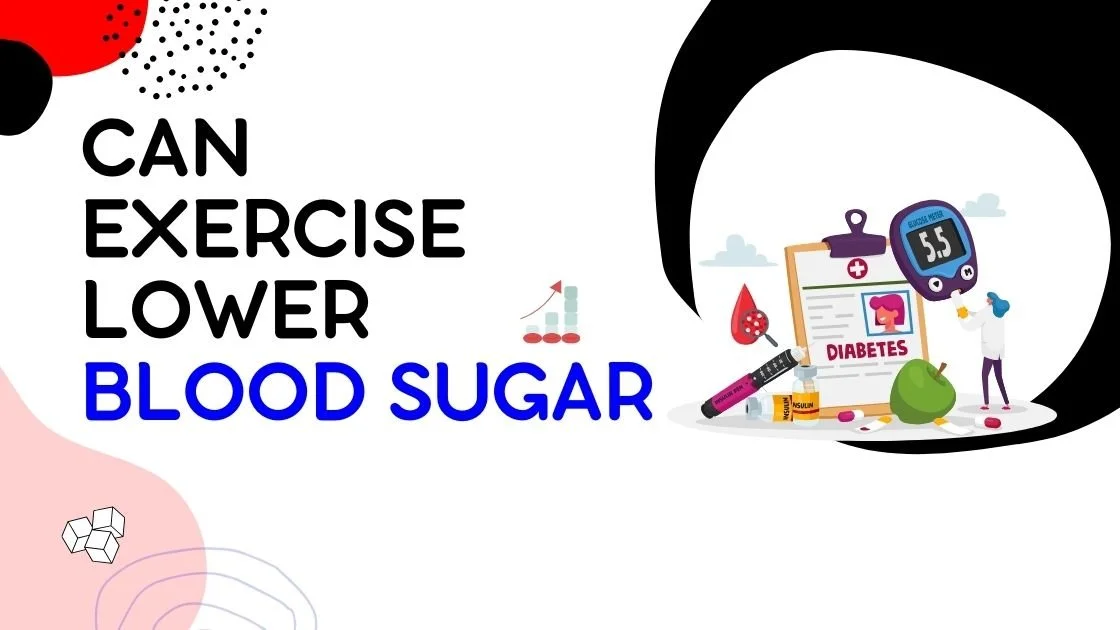Exercise for Lower Blood Sugar: Improve Health & Well-being
Ever feel that afternoon slump after a sugary lunch? It might be your blood sugar talking. Blood sugar, also known as glucose, is the fuel that keeps your body running. But it can leave you feeling drained when it gets too high or low.
Can exercise help manage blood sugar? Let's separate fact from fiction and explore the science behind exercise and blood sugar control!
The Key to Cellular Uptake: How Exercise Helps
Here's the charm of exercise for blood sugar control: it improves insulin sensitivity!
Imagine your cells as tiny locked boxes and insulin as the key. When you exercise, your muscles become more receptive to insulin, allowing them to unlock and take in blood sugar more efficiently. This helps regulate your blood sugar levels and keeps them from spiking after meals.
Aerobic exercise, like brisk walking or swimming, and strength training can be beneficial. Strength training helps build muscle mass, increasing your body's capacity to utilize blood sugar for energy.
Long-Term Benefits of Exercise
Engaging in regular exercise can be incredibly beneficial for managing blood sugar levels.
Not only does it provide immediate benefits during the workout, but it also helps improve your overall fitness level, making it easier for your body to process blood sugar more efficiently.
Physical activity is also known to reduce insulin resistance, which is a problem for type 2 diabetics. By reducing insulin resistance, exercise creates a more favorable environment for healthy blood sugar management. Therefore, incorporating regular exercise into your routine can be a great way to support blood sugar levels.
Exercise Works Best with a Healthy Diet
While exercise is a superstar in blood sugar control, it doesn't work in isolation.
Consider partnering with a healthy diet to keep your blood sugar in check. This means limiting refined carbohydrates that cause blood sugar spikes, such as sugary drinks and white bread.
Instead, incorporate fiber-rich options like fruits, vegetables, and whole grains. Fiber helps slow down the absorption of sugar into your bloodstream, promoting steadier blood sugar levels.
Conclusion
The role of exercise in managing blood sugar levels cannot be overstated. It is a powerful tool proven to improve insulin sensitivity, allowing the body to better manage sugar.
Regular exercise also helps to lower blood pressure and decrease the risk of chronic diseases such as heart disease and type 2 diabetes. However, exercise alone is not enough to maintain optimal blood sugar control.
A healthy diet is equally important, providing the necessary nutrients for the body to function properly. A balanced diet that includes whole grains, fruits, vegetables, lean protein, and healthy fats is key to regulating blood sugar levels.
To create a personalized plan for optimal blood sugar control, it is advisable to consult a nutritionist or doctor. They can help you develop a strategy combining exercise and a healthy diet to check your blood sugar levels. By following their guidance, you can ensure that you take the necessary steps to maintain your overall health and well-being.
Have you seen a positive impact on your blood sugar since incorporating exercise? Tell us your story!

